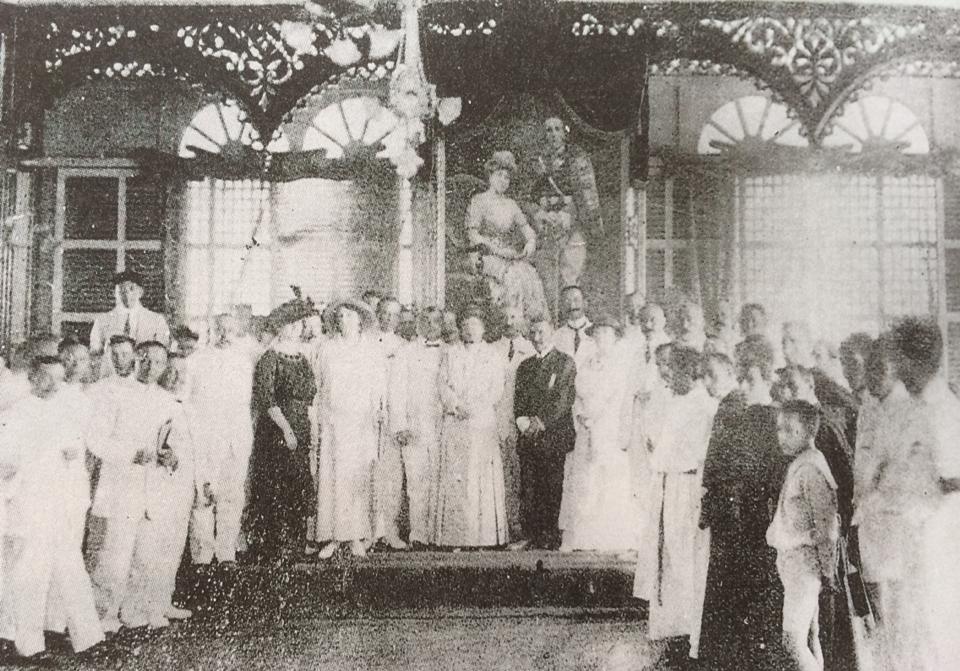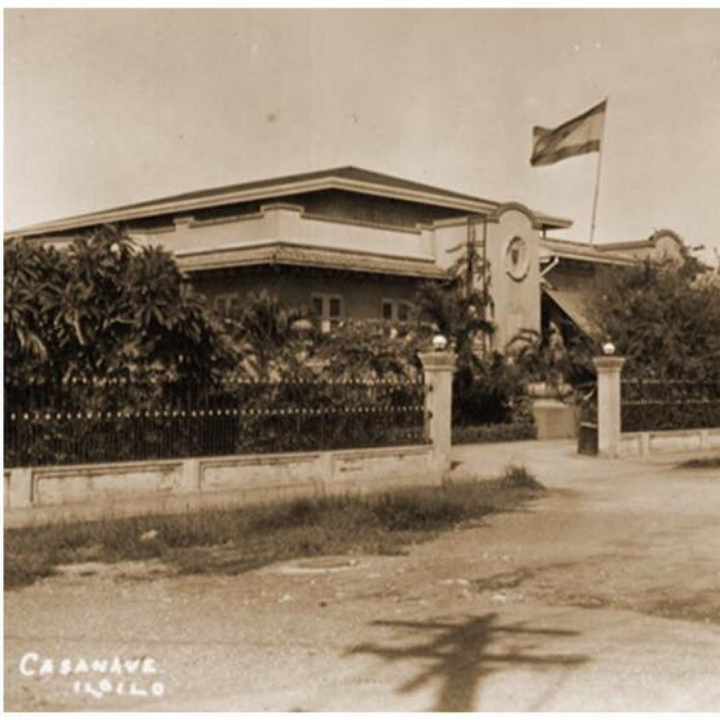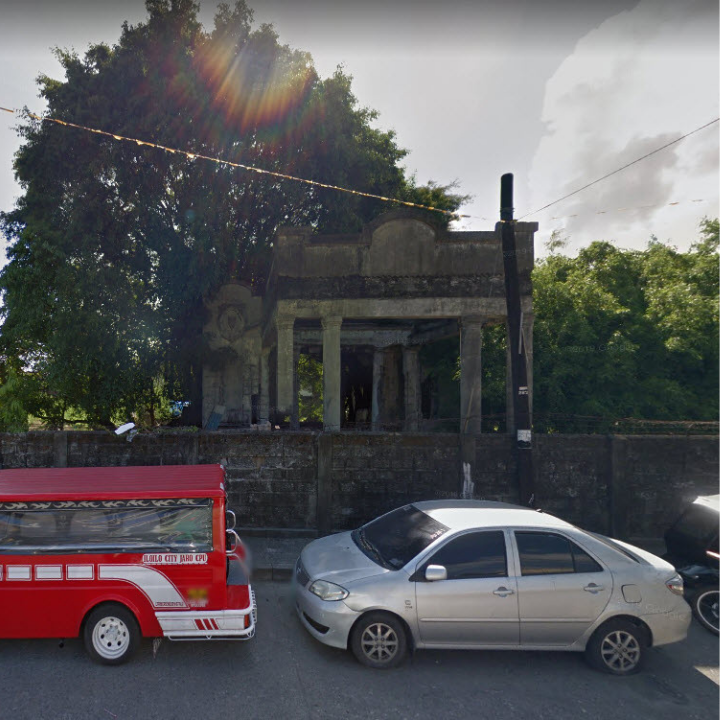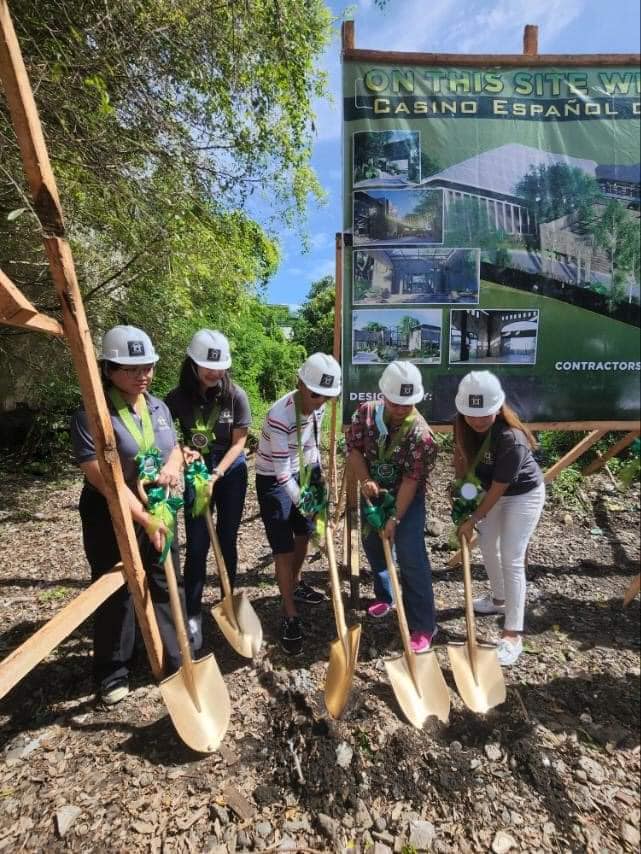Casino Español de Iloilo is one of the 3 notable heritage Casino Español in the Philippines (after the ones in Cebu and Manila).
On page 33 of the book a hero in war and peace, Adriano Hernandez written by Demy Sonza, it says:
“In the progressive province of Iloilo, however, the mestizos had ample opportunities to rise in socioeconomic status. Those who had gained wealth and learning, like the Hernandez brothers of Dingle, were accepted without reservation into the local Spanish society. Both Julio and Adriano Hernandez had gained admission to the Casino Español, the exclusive Spanish club, on Calle Real, Iloilo City. The Casino Español was originally located on Calle Real near Aduana (customhouse) but was later relocated to Calle Rosario later renamed Calle Hervas.”



Casino Español Restoration Plans
In a post by the official Facebook Page of Mayor Jerry Treñas on December 2020, he revealed that the present owners of the old Casino Español at Sto Rosario-Duran would like to reconstruct the establishment. This will provide employment to the Ilonggos.
The Iloilo City Heritage Council approved the proposal with the condition that the façade of the old Casino Español will look the same to maintain its beauty.
Read also: List of Iloilo City Cultural Heritage Sites
Casino Español Site Restoration Ground Breaking Ceremony
In a post by Juan Patricio Gajé via Old Iloilo, he shared that the CASA DE ESPAÑA which housed the CASINO ESPAÑOL DE ILOILO will be restored to its former glory.

A groundbreaking ceremony was held on December 3, 2022. The family of the famous Ilonggo singer, Jose Mari Chan, will restore and develop the heritage structure into a mixed-used social club.